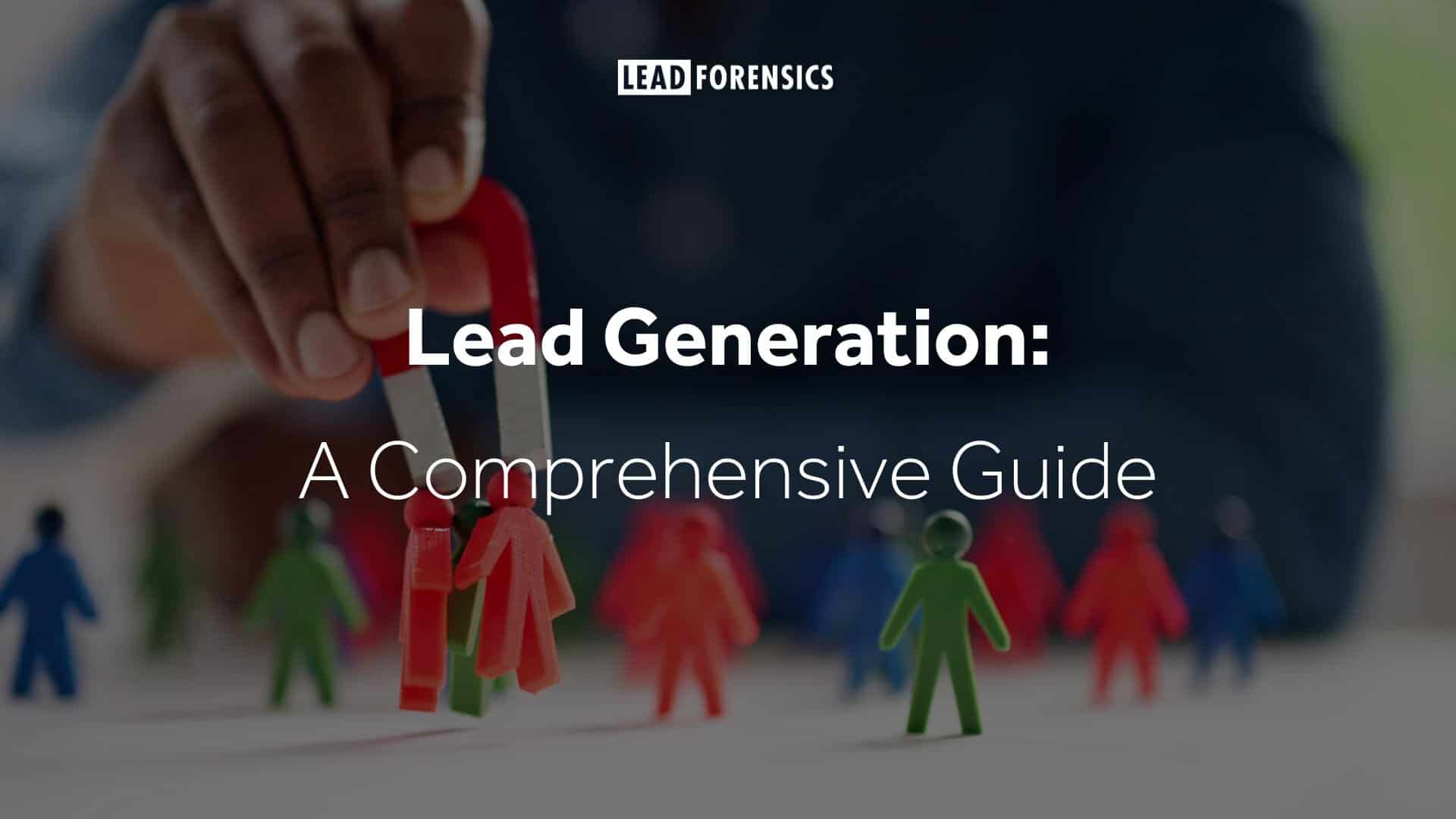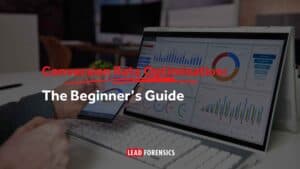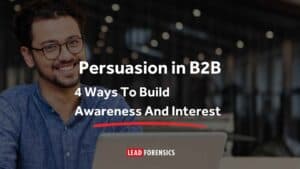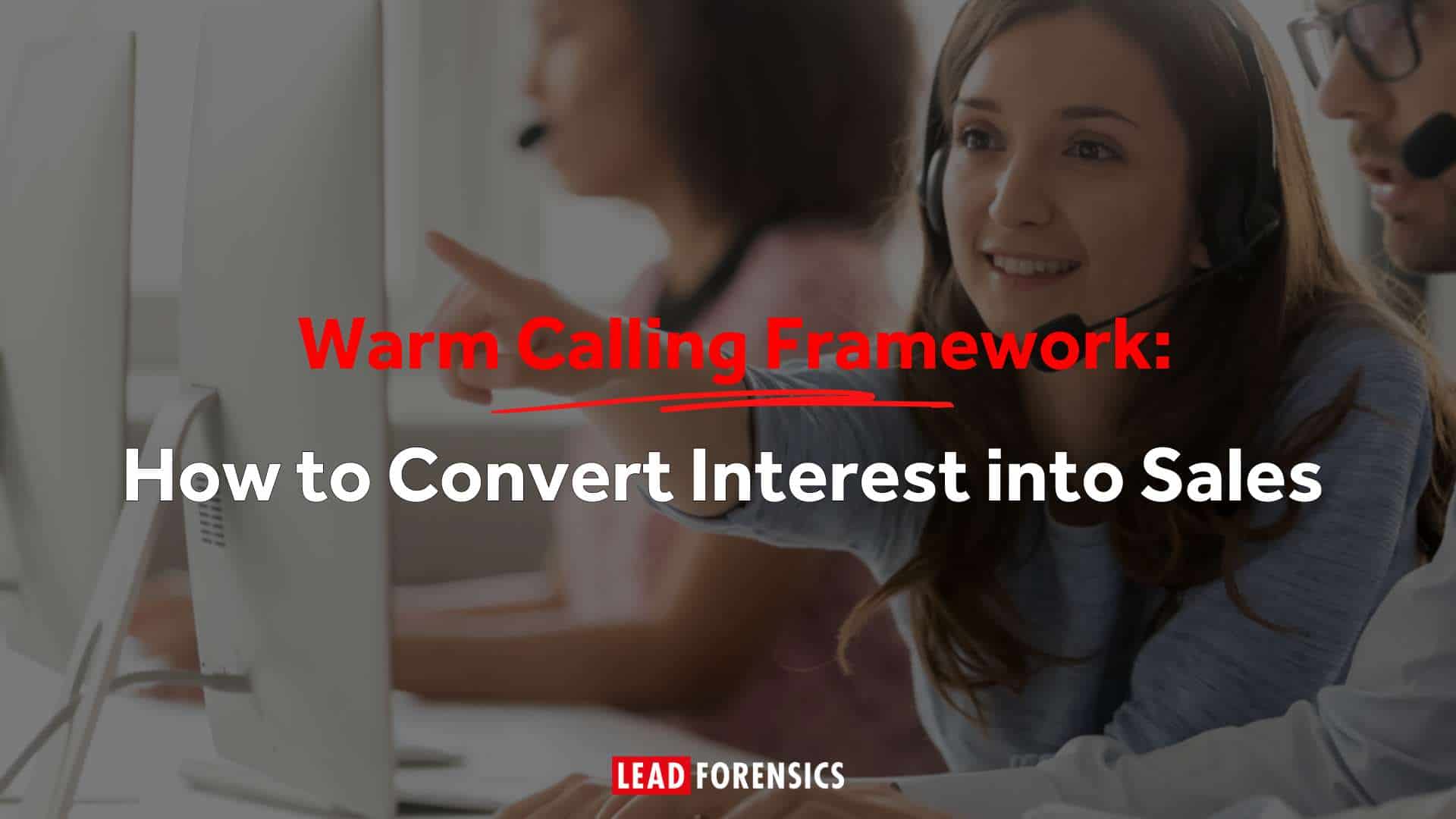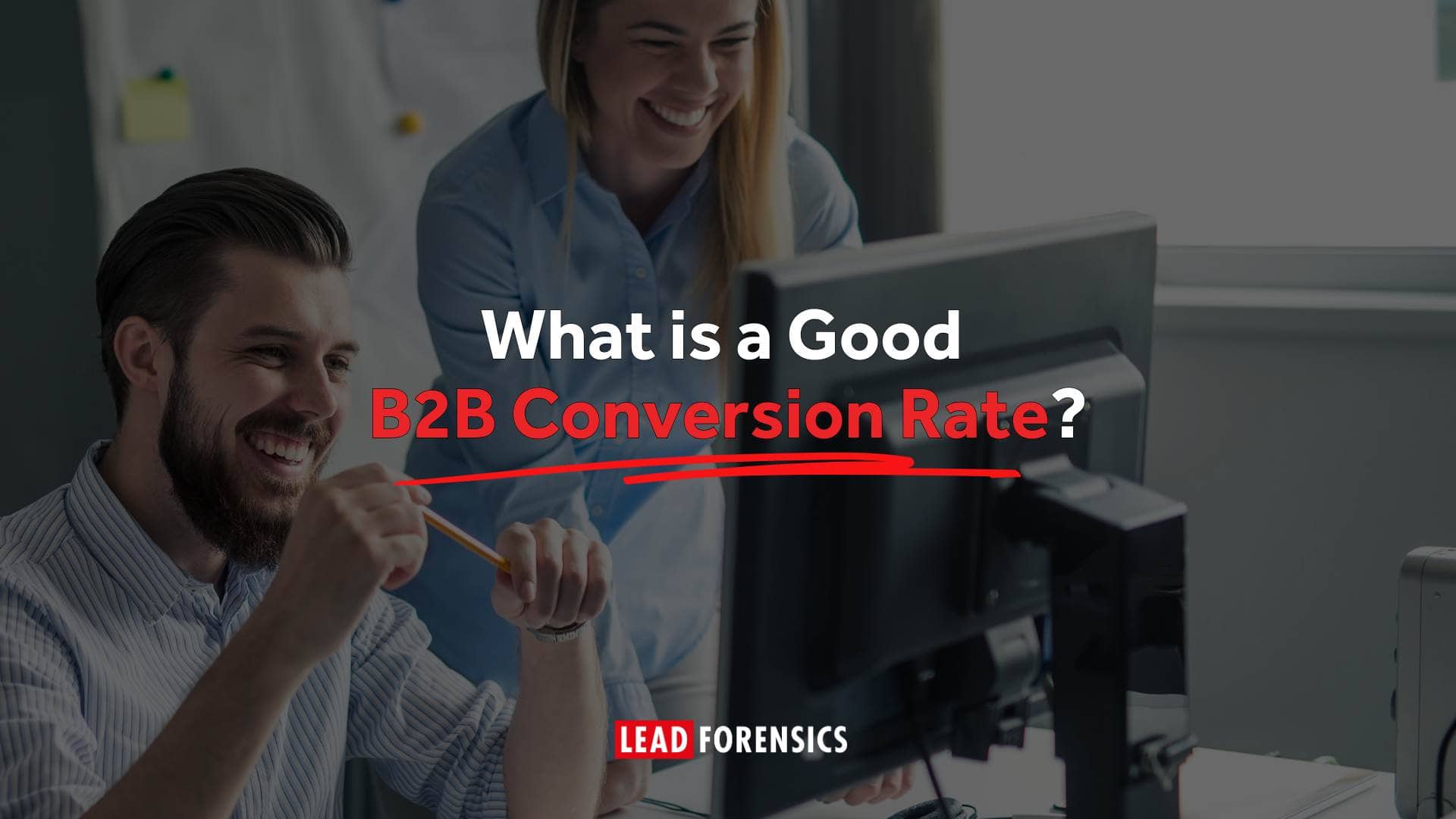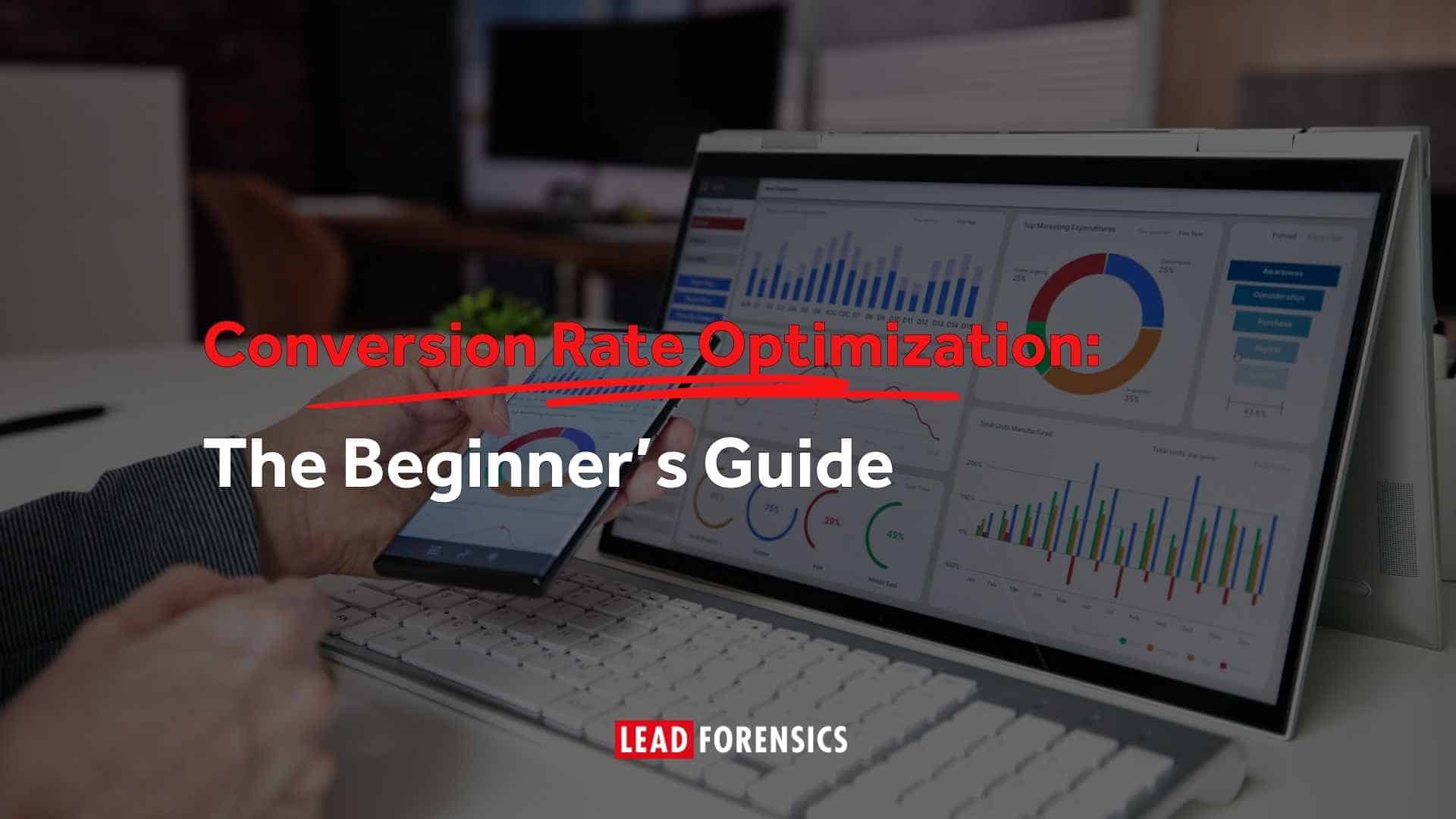What is Lead Generation?
Lead generation is the process of attracting and capturing potential business customers (leads) who have an interest in your products or services.
The goal? To identify decision-makers, nurture them through the B2B sales funnel, and convert them into paying customers.
It’s not just about getting leads – it’s about getting the right leads. According to HubSpot’s State of Marketing Report, 61% of marketers consider lead generation their top challenge.
Why Is Lead Generation Important?
Without leads, there are no sales. Without sales, there is no revenue. It’s as simple as that.
B2B lead generation is the lifeblood of any company looking to expand, secure long-term clients, and stay ahead of the competition. Here’s why it matters:
- Sustains Business Growth – A steady flow of leads ensures continuous revenue.
- Enhances Sales Efficiency – When sales teams focus on high-quality leads, conversion rates improve.
- Builds Brand Authority – By attracting businesses interested in your niche, you establish industry credibility.
- Improves ROI – Targeted lead generation minimizes wasted efforts and maximizes marketing spend.
Businesses that implement an effective lead generation strategy see a 30% increase in sales pipeline efficiency compared to those that don’t.
What Are B2B Leads?
B2B leads are potential customers (other businesses) who show interest in your products or services. These leads can be categorized into:
1. Marketing Qualified Leads (MQLs)
- Have engaged with marketing materials (e.g., downloaded an eBook, attended a webinar).
- Need further nurturing before they’re ready to buy.
2. Sales Qualified Leads (SQLs)
- Have shown clear intent to purchase.
- Sales teams actively engage with them to close the deal.
3. Cold Leads
- Have had little to no engagement with your brand but fit the ideal customer profile.
- Often reached through cold calling, LinkedIn outreach, or email campaigns.
Understanding these categories helps businesses prioritize and tailor their outreach efforts.
Who’s Responsible for B2B Lead Generation?
B2B lead generation isn’t a one-person job – it’s a collaborative effort. Different teams within an organization contribute to the process:
- Marketing Teams – Create and execute strategies to attract leads through content marketing, paid ads, and social media.
- Sales Teams – Qualify leads, conduct outreach, and close deals.
- Customer Success Teams – Upsell and retain clients, turning them into long-term customers.
A seamless alignment between these departments is crucial for a successful lead generation strategy.
What Are the Challenges in B2B Lead Generation?
Generating leads sounds straightforward, but B2B companies face several hurdles:
- Long Sales Cycles – B2B deals take time. Decision-making often involves multiple stakeholders.
- Reaching Decision-Makers – C-suite executives and decision makers are busy, and getting their attention isn’t easy.
- Competition Overload – Markets are saturated, making differentiation crucial.
- Data Quality – Not every lead is worth pursuing, and filtering out the right prospects takes effort. Ensuring compliance with GDPR, CCPA, and other data protection laws is also a must.
A Forrester report found that 59% of B2B buyers prefer to conduct their research online before engaging with sales reps. This shift means lead generation must be more educational and value-driven.
What Is the B2B Lead Generation Process?
Effective lead generation isn’t about random outreach – it’s a structured process. Businesses typically follow these steps:
- Identify Target Audience – Define ideal customer profiles (ICPs) based on industry, company size, and pain points.
- Generate Leads – Use inbound (content, SEO) and outbound (cold calling, email) strategies.
- Nurture Leads – Provide valuable content, demos, and consultations to move prospects down the funnel.
- Score and Qualify Leads – Assign lead scores based on engagement level and readiness to buy.
- Handoff to Sales – Ensure smooth transition from marketing to sales teams for closing deals.
- Measure and Optimize – Continuously analyze performance and tweak strategies for better results.
A well-structured lead management system prevents wasted efforts and maximizes ROI.
What Are the Most Effective Lead Generation Channels for B2B?
Some channels work better than others in B2B. Here are the most effective ones:
1. Content Marketing
- Blog posts, whitepapers, and case studies help attract and educate prospects.
- High-quality content positions your company as an industry leader.
2. LinkedIn & Social Selling
- LinkedIn is the powerhouse of B2B networking and lead generation.
- Engaging with decision-makers through personalized messages increases conversion chances.
3. Email Marketing
- Personalized email campaigns nurture leads and drive engagement.
- Automated drip campaigns keep leads warm without manual effort.
4. Paid Advertising (PPC & LinkedIn Ads)
- Google Ads, LinkedIn Ads, and retargeting campaigns drive high-intent traffic.
5. SEO & Organic Search
- Optimizing for search engines ensures long-term inbound lead generation.
- High-ranking content attracts consistent, quality leads.
6. Webinars & Events
- Live sessions build trust and provide value to potential clients.
7. Cold Calling & Outbound Sales
- Still an effective method when paired with personalized outreach and research.
The best strategy often involves a mix of these channels, tailored to the company’s industry and audience.
What Technology Can Help B2B Lead Generation?
Technology has revolutionized B2B lead generation. Here are some must-have tools:
- CRM Software (e.g., HubSpot, Salesforce) – Organizes leads, tracks interactions, and automates outreach.
- Marketing Automation (e.g., Marketo, Pardot) – Streamlines lead nurturing through email and workflows.
- Lead Intelligence Software (e.g., Lead Forensics) – Identifies anonymous website visitors.
- Chatbots & AI Assistants (e.g., Salesloft, Whizeo) – Engage prospects 24/7 and capture leads instantly.
- LinkedIn Sales Navigator – Sales Navigator enhances LinkedIn prospecting and outreach.
Using the right tech stack makes lead generation more efficient and scalable.
What Are the Future Trends in B2B Lead Generation?
B2B lead generation is evolving rapidly. Here’s what to expect:
- AI-Powered Lead Scoring – Machine learning will improve the accuracy of lead qualification.
- Hyper-Personalization – Generic emails won’t cut it; personalized messaging will drive results.
- Interactive Content – Quizzes, calculators, and interactive case studies will engage prospects better.
- ABM (Account-Based Marketing) Growth – Companies will focus more on targeting high-value accounts.
Staying ahead of these trends will give businesses a competitive edge.
Generating Revenue with Lead Forensics Software
Lead Forensics is software for B2B lead generation. It allows businesses to identify anonymous B2B website visitors and convert them into actionable leads.
How It Works:
- Identifies Anonymous B2B Website Visitors – Identifies companies browsing your site, even if they don’t fill out a form.
- Provides Contact Details – Reveals key decision-makers’ names, emails, and phone numbers.
- Enables Instant Follow-Ups – Sales teams can reach out while interest is high.
- Improves Lead Qualification – Helps prioritize high-intent leads for better conversion rates.
By using Lead Forensics, businesses can unlock hidden revenue opportunities and accelerate their sales process. CSI Ltd generated $2.5m in additional revenue using Lead Forensics to identify their anonymous website visitors.


